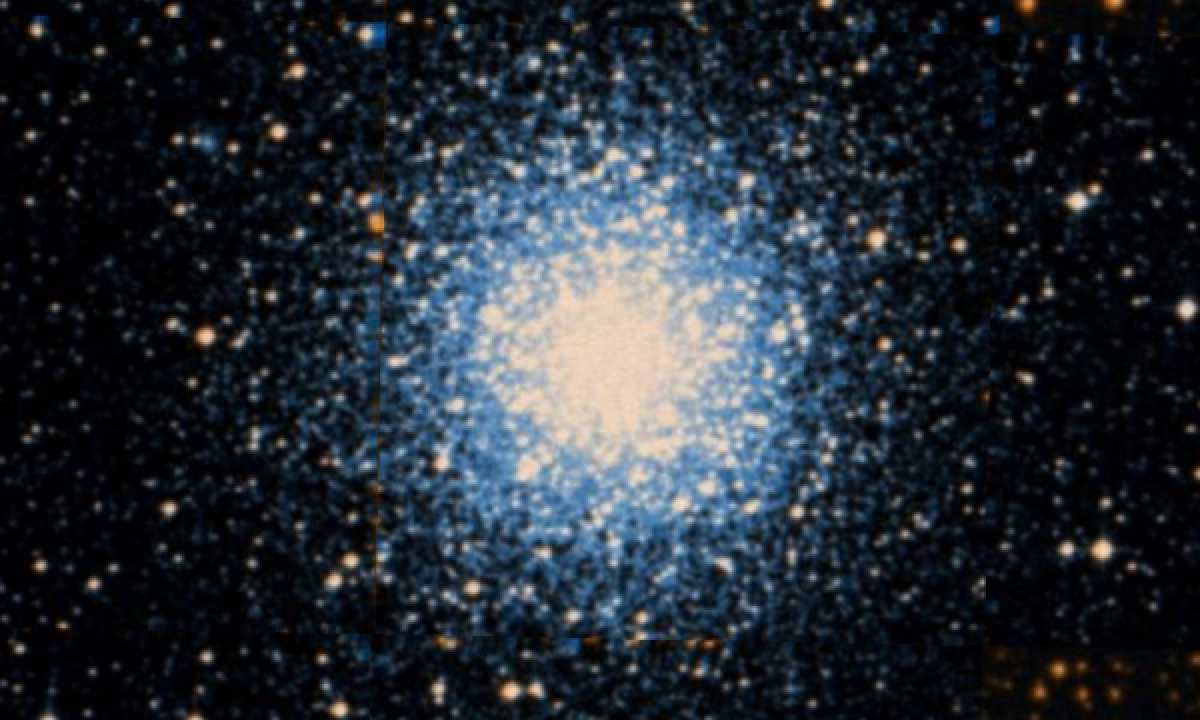The New General Catalogue of Nebulae and Clusters of Stars (abbreviated as NGC) is a catalogue of deep-sky objects compiled by John Louis Emil Dreyer in 1888. The NGC contains 7,840 objects, known as the NGC objects. It is one of the largest comprehensive catalogues, as it includes all types of deep space objects, including galaxies, star clusters, emission nebulae and absorption nebulae.
Know more about NGC
NGC 5986

NGC 5986 is a globular cluster of stars in the southern constellation of Lupus, located at a distance of approximately 34 kilolight-years from the Sun. It was discovered by Scottish astronomer James Dunlop on May 10, 1826. John L. E. Dreyer described it as, "a remarkable object, a globular cluster, very bright, large, round, very gradually brighter middle, stars of 13th to 15th magnitude". Its prograde–retrograde orbit through the Milky Way galaxy is considered irregular and highly eccentric. It has a mean heliocentric radial velocity of +100 km/s. The galacto-centric distance is 17 kly (5.2 kpc), which puts it in the galaxy's inner halo. This is relatively massive cluster has been poorly studied, at least as of 2017. It is moderately concentrated, with a core radius of 28.2″ and a projected half-light radius of 58.8″. The three dimensional half-mass radius is ~78.16″. The cluster has a higher metallicity – what astronomers term the abundance of elements with higher atomic number then helium – compared to most other objects of its type. It may have at least 4–5 different stellar populations with distinct elemental compositions, and there is evidence that it has lost ~60–80% of its original mass.
More Images:

Sources:
Wikipedia Page: NGC 5986
NGC 5986 at In-The-Sky website
